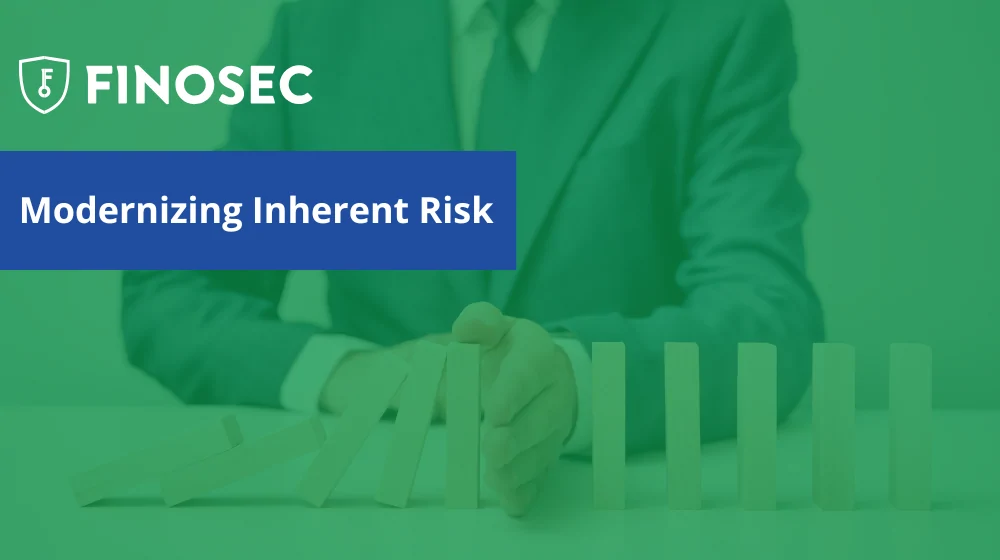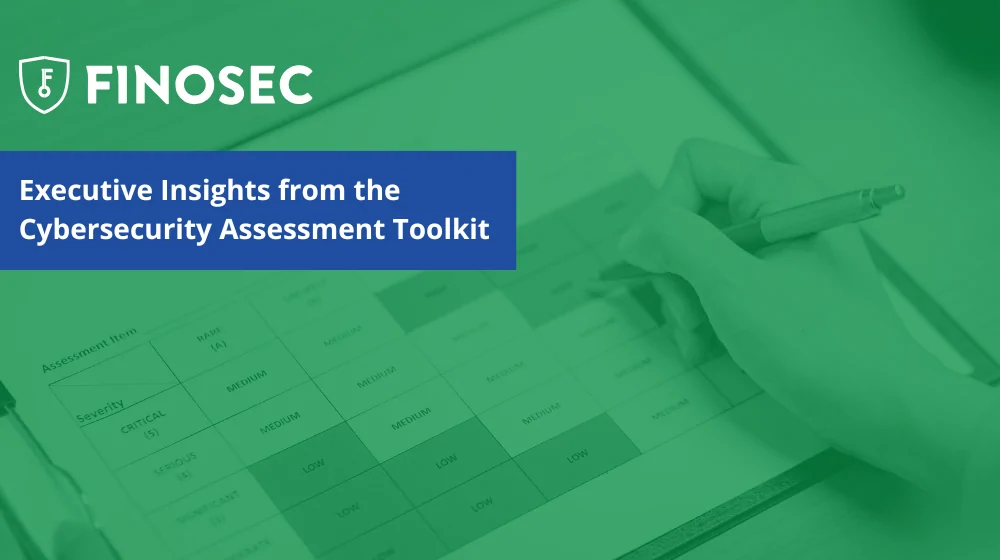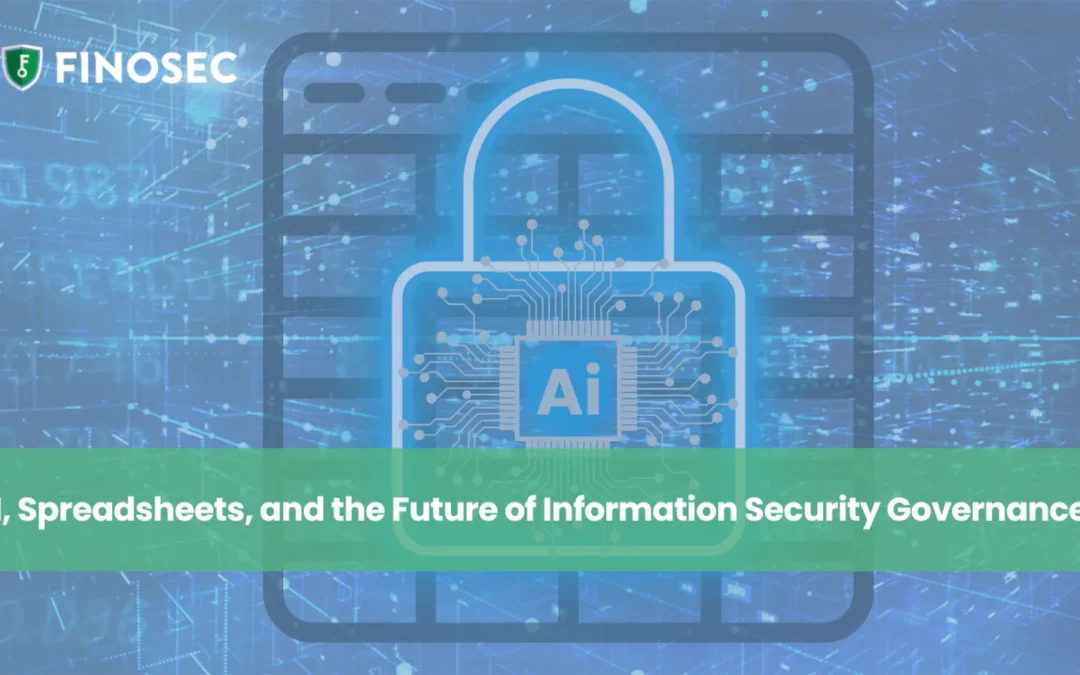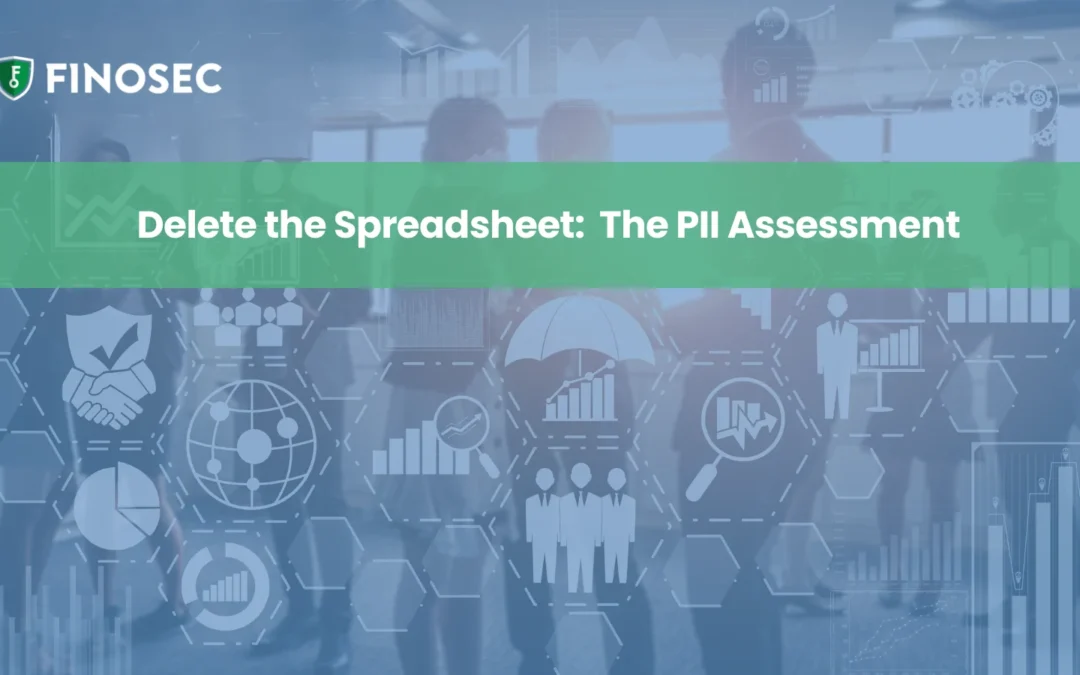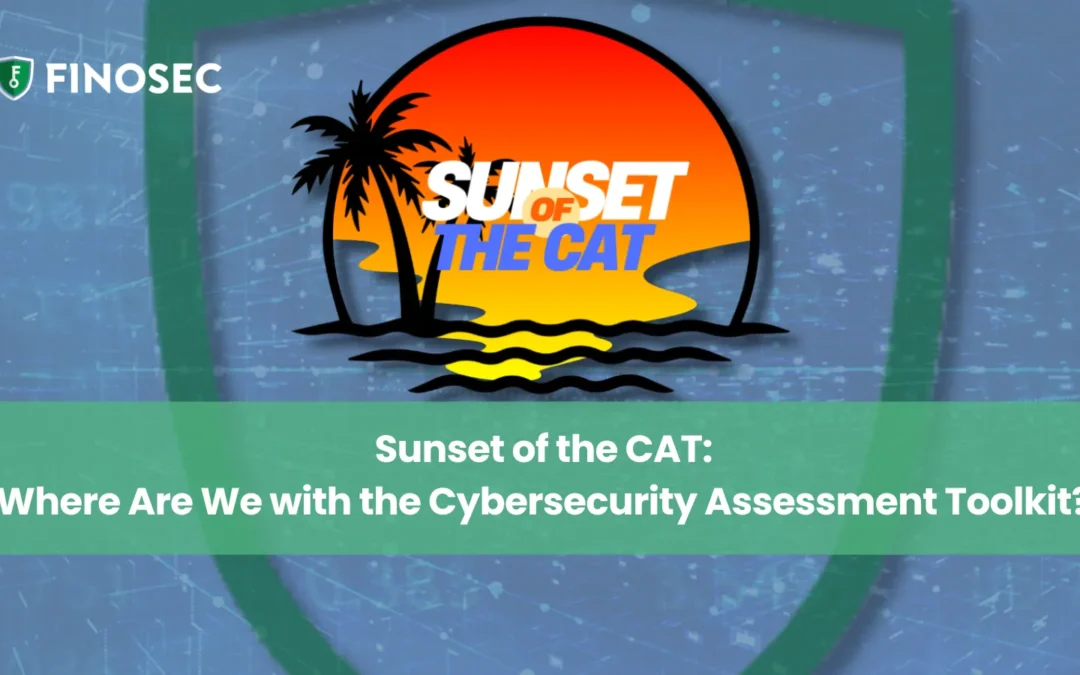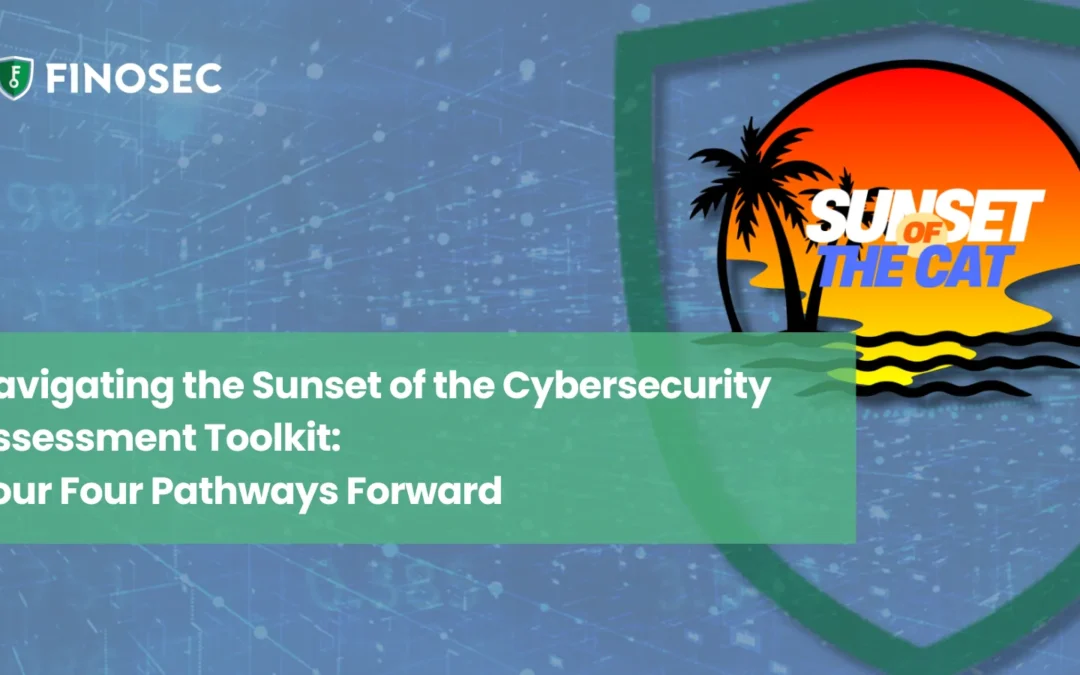In today’s world where cyber threats evolve rapidly, the challenge of replacing an Information Security Officer (ISO) underscores a critical issue: the cybersecurity job market is scorching, yet talent is scarce. This gap has turned recruitment into a high-stakes game for financial institutions, where the departure of an ISO exposes vulnerabilities and regulatory risks. With remote work expanding the competition for skilled professionals, the importance of strategic succession planning has never been more acute, ensuring that institutions remain fortified even in the face of staffing changes.
Understanding the Challenge
ISO is more than just a title; it’s the cornerstone of an institution’s information security and cybersecurity program. But in an arena where the pressure is always on, even the most seasoned professionals may find themselves burnt out and ready to move on, leaving their posts vacant and their institution with limited options to backfill. A 2023 ISACA State of Cybersecurity Report highlighted that keeping skilled staff can be a real problem, with over 56% of organizations expressing difficulty retaining qualified Information Security and Cybersecurity talent. The three biggest concerns cited include recruitment by other companies, insufficient financial incentives from their current employer, and perceived ceilings on their career progression.
These concerns compound the stress associated with the regulatory pressure from carrying the ISO role within a financial institution. In the ISACA study, 45% of respondents pointed to high workplace stress as a contributing factor for moving on.
The absence of an ISO can leave an institution vulnerable, further exposing it to the risk of cyber threats and regulatory scrutiny.
The Path to A Successful Transition
Effective succession planning hinges on being one step ahead as you prepare for the potential departure of an ISO. This includes:
- Reviewing Past Activities: Ensuring all security tasks, policies, and critical documentation are current.
- Auditing and Preparing for Compliance: Continuously monitoring & tracking audit schedules and regulatory exams to maintain readiness.
- Innovating and Automating Processes: Leveraging technology to automate routine and manual tasks.
- Securing Access Management: Reviewing and documenting system access privileges to prevent unauthorized access.
- Reinforcing IT Defenses: Regularly assessing and updating IT security controls.
- Enhancing Cyber Insurance Coverage: Regularly reviewing cyber insurance checklists to identify and address coverage gaps.
- Maintaining Vendor Communications: Ensuring strong communications with vendors, especially during transitions and ongoing security projects.
- Evaluating Succession Candidates: Identifying and assessing potential internal and external candidates with the balance of technical and soft skills required.
- Seeking External Expertise: Engaging with specialized consultants or advisors to enhance the oversight process.
- Elevating Reporting Practices: Ensuring executive reporting is clear and actionable.
- Centralizing Data & Process Management: Implementing technology to centralize critical data and processes to enhance task efficiency and repeatability.
Successful succession planning means being proactive, and that’s where tools like Governance 360 can be a game-changer. As you leverage technology to centralize data and automate processes, Governance 360 seamlessly integrates into this strategy, enhancing efficiency and oversight without overwhelming your team. It’s designed to fit into the workflow you’re already building, aiding in areas like policy documentation, risk assessments, and monitoring, to make the transition between ISO’s smoother—regardless of the timeline.
If you’d like to see how prepared you are for the unforeseen departure of your ISO and how you can position your next ISO for success, download our guide, “An Exercise in Succession Planning for Our ISO.” It’s packed with essential questions and steps to discuss with your team. (Don’t forget to include it in your IT Steering Committee minutes; we all know that if it’s not in writing, it didn’t happen! And you’ll want to ensure you get regulatory credit for the exercise.) We hope it helps you to secure your institution’s future and ensure that it remains strong even through the toughest transition.

